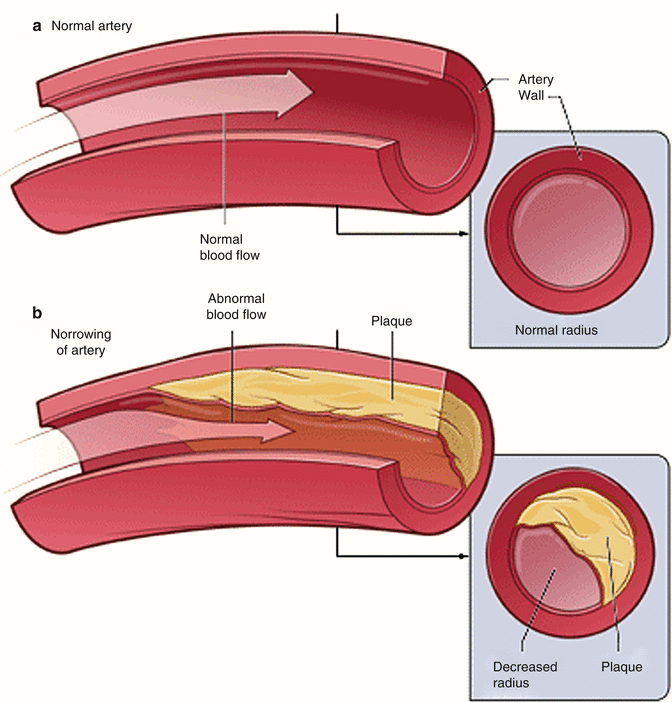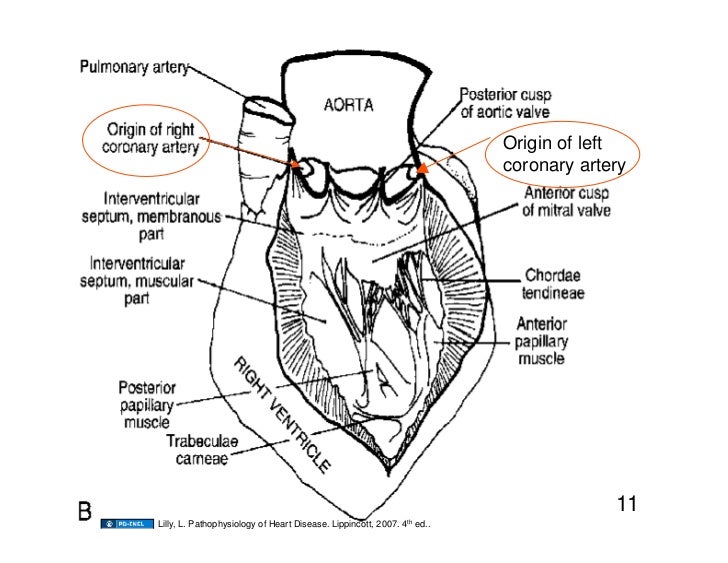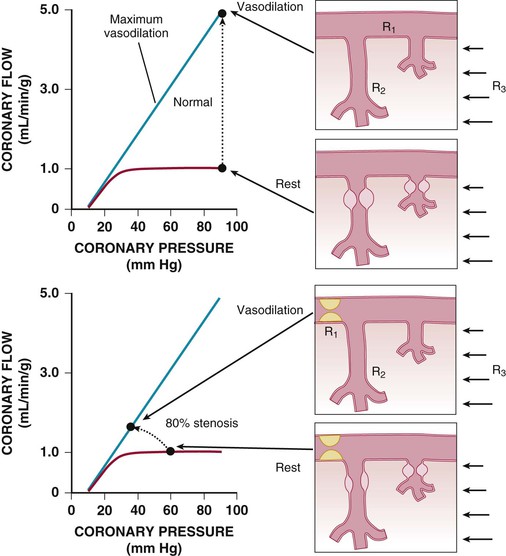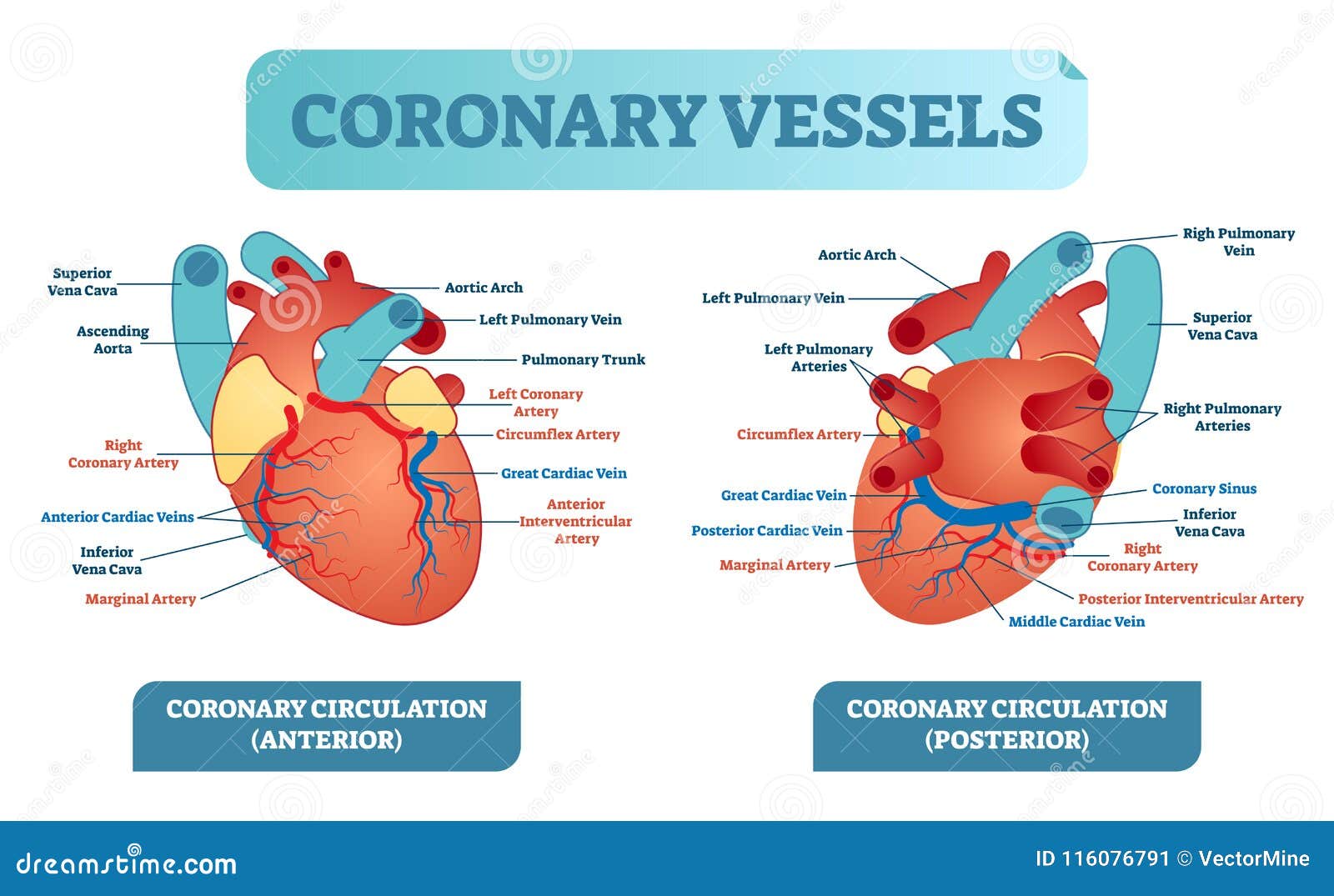Coronary Blood Flow To Time Chart The coronary flow is biphasic there is a small peak of flow during systole then an interruption and then another longer taller peak of greater flow during diastole Hoffman Buckberg 1976 are usually credited with this diagram which plots the coronary blood flow on the same time axis as LV and aortic pressure Wiggers style
Coronary circulation is the circulation of blood in the arteries and veins that supply the heart muscle myocardium Coronary arteries supply oxygenated blood to the heart muscle Cardiac veins then drain away the blood after it has been deoxygenated Adequate blood flow through the coronary vessels is critical to avoid ischemia and maintain the integrity of the myocardial tissue The heart is highly metabolically active and boasts the highest oxygen consumption by mass of any organ
Coronary Blood Flow To Time Chart

Coronary Blood Flow To Time Chart
https://spot.colorado.edu/~saul/anatomy/tips/coronary-circulation.png

Blood Flow Through Coronary Arteries Diagram Quizlet
https://o.quizlet.com/3YrSKSjbtaxp3E2uZl.gNg_b.png

Physiology Of Coronary Blood Flow Radiology Key
http://radiologykey.com/wp-content/uploads/2016/12/A312522_1_En_2_Fig3_HTML.gif
Time s 0 0 0 4 0 8 1 2 Systole Diastole Systole ETP April 23 25 2015 Unique aspects of the coronary circulation Cyclic compression of the vasculature High resting myocardial metabolic rate Cardiac muscle flow 1 0 ml min g Skeletal muscle flow 0 1 ml min g High myocardial capillary density Cardiac muscle 3000 4000 mm2 Skeletal muscle 500 In general at any one point in time coronary blood flow is determined by integrating all the different controlling feedback loops into a single response i e inducing either arteriolar smooth muscle constriction or dilation It is also common to consider that some of these feedback loops are in opposition to one another Interestingly
Although blood flow usually is thought of in terms of driving pressure and vascular resistance the complexities of coronary flow do not follow this simple logic The present data help us look at coronary flow especially in LVH in a new and useful light Future experiments examining how known acute alterations in ventricular function affect Time s 0 0 0 4 0 8 1 2 Systole Diastole Systole ETP April 24 26 2014 Unique aspects of the coronary circulation Regulation of Coronary Blood Flow Introduction Control of Coronary Resistance Vessels Autoregulation Pressure Flow Relation Hemodynamic Effects of a Coronary Stenosis Duncker Bache Physiol Rev 2008 Van de Hoeff et al J Mol Cell Cardiol 2012
More picture related to Coronary Blood Flow To Time Chart

Arterial Blood Flow Chart
https://o.quizlet.com/Er1dD7LjwjZnOzBcH4aPgQ_b.jpg

Arterial Blood Flow Chart
https://www.researchgate.net/publication/321440879/figure/fig1/AS:567102243340288@1512219119479/Flow-chart-ABG-arterial-blood-gas-analysis-DE-diaphragmatic-excursion-E-Ea-the-ratio.png

Arterial Blood Flow Chart
https://i.pinimg.com/originals/54/c4/92/54c4924ef23c5857b7563a29717af20e.jpg
Regulation of Coronary Blood Flow for the Interventionalists Bernard De Bruyne Cardiovascular Center Aalst Belgium ETP April 24 26 2014 io be 1 About Pressure flow mass resistance etc 2 Epicardial vs microvascular compartments 3 Flow function relationship 4 Coronary autoregulation ABC of Coronary Physiology For the Interventionalist ETP April 24 26 The simplest method to measure coronary blood flow is Thrombolysis in Myocardial Infarction TIMI Flow Grades which evaluates the flow of contrast material through the coronary tree grade 0 no perfusion perfusion grade 1 penetration without perfusion grade
Above Simplified diagram of the circulation through the coronary blood vessels serving the myocardium right coronary artery then splits into two main branches the right marginal artery and the posterior interventricular artery The left coronary artery also splits into two main branches anterior interventricular artery and the left marginal Understand the compensatory mechanism of autoregulation in the maintenance of coronary artery blood flow Understand the vital importance of the healthy endothelium in vascular biology and of endothelial dysfunction in pathologic states

Coronary Blood Flow
http://www.datasci.com/images/pon-ee-ma/coronary_blood_flow.jpg?sfvrsn=0

The Coronary Blood Flow During Before And During ECMO The Coronary Download Scientific Diagram
https://www.researchgate.net/publication/12957145/figure/fig2/AS:11431281124439520@1677953101348/The-coronary-blood-flow-during-before-and-during-ECMO-The-coronary-blood-flow.png

https://derangedphysiology.com › ... › coronary-blood-flow
The coronary flow is biphasic there is a small peak of flow during systole then an interruption and then another longer taller peak of greater flow during diastole Hoffman Buckberg 1976 are usually credited with this diagram which plots the coronary blood flow on the same time axis as LV and aortic pressure Wiggers style

https://en.wikipedia.org › wiki › Coronary_circulation
Coronary circulation is the circulation of blood in the arteries and veins that supply the heart muscle myocardium Coronary arteries supply oxygenated blood to the heart muscle Cardiac veins then drain away the blood after it has been deoxygenated

Coronary Blood Flow Rate Pre And Post TAVR The Changes In Individual Download Scientific

Coronary Blood Flow

11 05 08 a Coronary Blood Flow

Coronary Blood Flow And Myocardial Ischemia Thoracic Key

Coronary Vessels Anatomical Health Care Vector Illustration Labeled Diagram Heart Blood Flow

Coronary Angiogram Shows Partial Restoration Of Blood Flow In RCA TIMI Download Scientific

Coronary Angiogram Shows Partial Restoration Of Blood Flow In RCA TIMI Download Scientific

SOLUTION The Physics Of Coronary Blood Flow Studypool

SOLUTION The Physics Of Coronary Blood Flow Studypool

Coronary Circulation Diagram Blood Flow
Coronary Blood Flow To Time Chart - Coronary blood flow is subject to a wide variation depending on the heart s activity from 70 to 80 mL min for 100 g tissue at rest to as much as 300 400 mL min per 100 g tissue on exertion Coronary blood flow declines during systole at which time the vessels are compressed by the contracting cardiac muscle and blood flow is impeded The